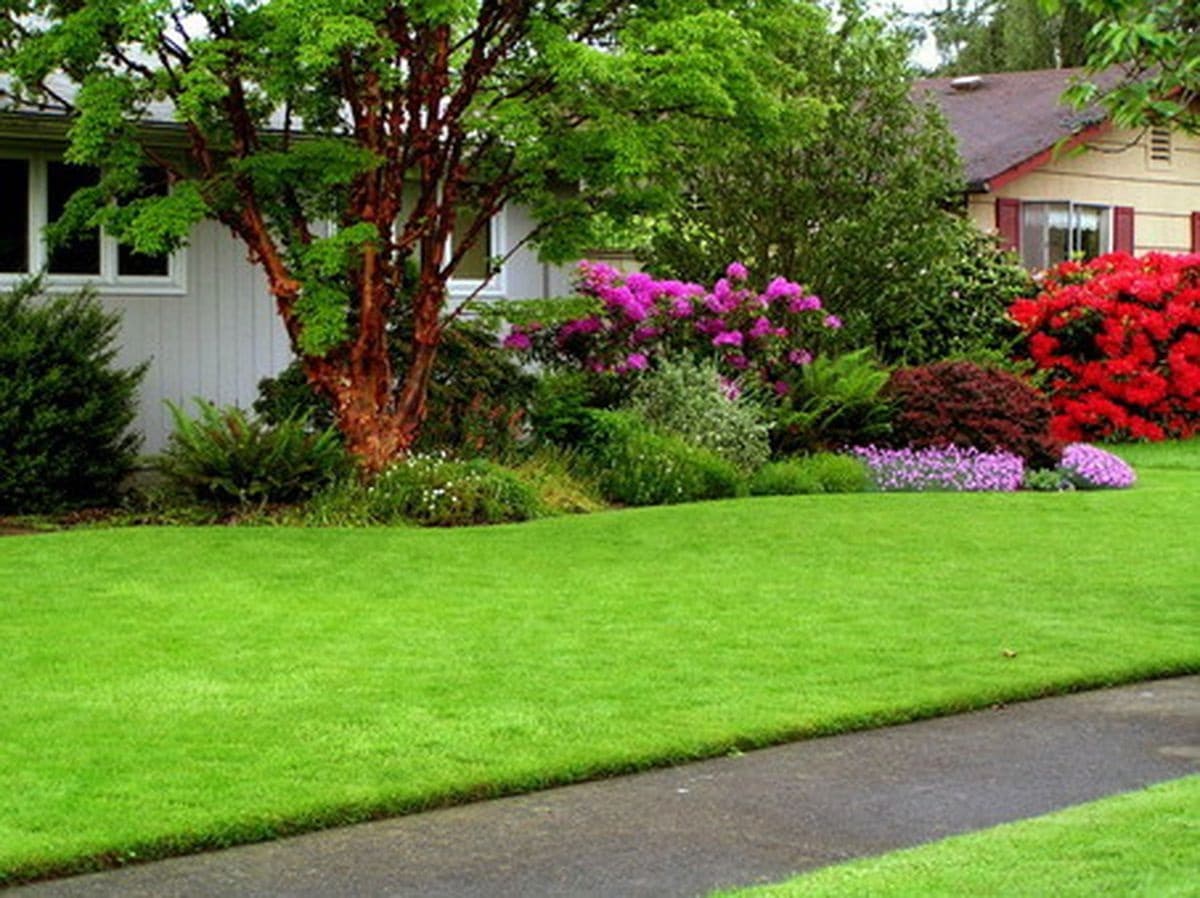For most homeowners, lawn care only lasts for three seasons out of the year: spring, summer, and fall. By the time winter rolls around, snow, ice, and other forms of precipitation make lawn management pointless. The common belief is that any maintenance during the colder months is going to be reversed by inclement weather. While it’s true that your lawn’s needs diminish in the winter, that doesn’t mean that ignoring your yard is a good strategy. You shouldn’t be neglecting your lawn when it’s sleeping. Let’s take a look at some ways you can care for your grass in winter.
Reduce lawn traffic.
The increase in moisture makes lawns more vulnerable in the wintertime. Even when there’s no snow visible, your yard has been soaking up rain, morning dew, and other forms of moisture. This excess saturation makes the ground softer and less durable. In the summer and spring, you can walk all over your lawn, drive wheelbarrows, and other kinds of traffic without any issue. However, you should start reducing this lawn traffic come wintertime. If not, you could end up tearing up the lawn and making a full recovery come spring more difficult.
Pour some fertilizer for a nutrient-rich lawn.
Fertilizer is another lawn maintenance item normally associated with spring and summertime. In reality, your grass can always benefit from a quality fertilizer. These lawn care products provide your yard with essential nutrients. If you apply fertilizer right before winter, your grass will house the nutrients in the soil for later use when the ground begins to thaw. This way, your lawn will have the nutrients and energy it needs to come back swinging next spring. This fertilizer also ensures that no weeds or other pesky lawn parasites overtake your yard during the colder months.
Aerate to give your lawn some breathing room.
Aeration is another great winter care item to add to your to-do list. It’s advisable to perform an aeration right before you’re expecting a frost. If you don’t have the experience or equipment, you can also hire someone to perform this task. Aerating your yard helps to increase the amount of air exchanged between the ground and the atmosphere. This gives your yard time to “breathe” before being covered in snow. This preparation also increases the amount of moisture your lawn can handle, reducing puddling and runoff problems.
Salt to protect from cracks.
Grass isn’t the only part of your lawn in jeopardy during the colder seasons. All of your driveways, sidewalks, and pathways made out of concrete also have the potential to incur damage due to the cold weather. From small cracks and fissures to entire breaks, it’s important to treat any concrete in your yard as well. Ice is the biggest threat when it comes to damaging these areas of your lawn. Before you expect a big snowfall or below-freezing temperatures, it’s helpful to place some salt on your drive and walkways to help keep the moisture from filling in the cracks and causing irreparable damage. If enough care is not taken then snow and ice will gather, your only solution could be to seek advice from a commercial snow plowing company
Clear your lawn.
Your yard is already going to be suffocated during the winter from snow and excess moisture. One of the best things you can do is ensure there is nothing unnatural covering your lawn. Any lawn furniture or toys should be packed up for the wintertime. Leaves leftover from fall should also be cleared. You can run over them with a lawnmower to create a form of fertilizer or rake up the leaves entirely. Leaving items on your lawn over the winter can end up killing the grass beneath it. It’s best to clear everything out in order to give your lawn its best chance of surviving the cold intact.

